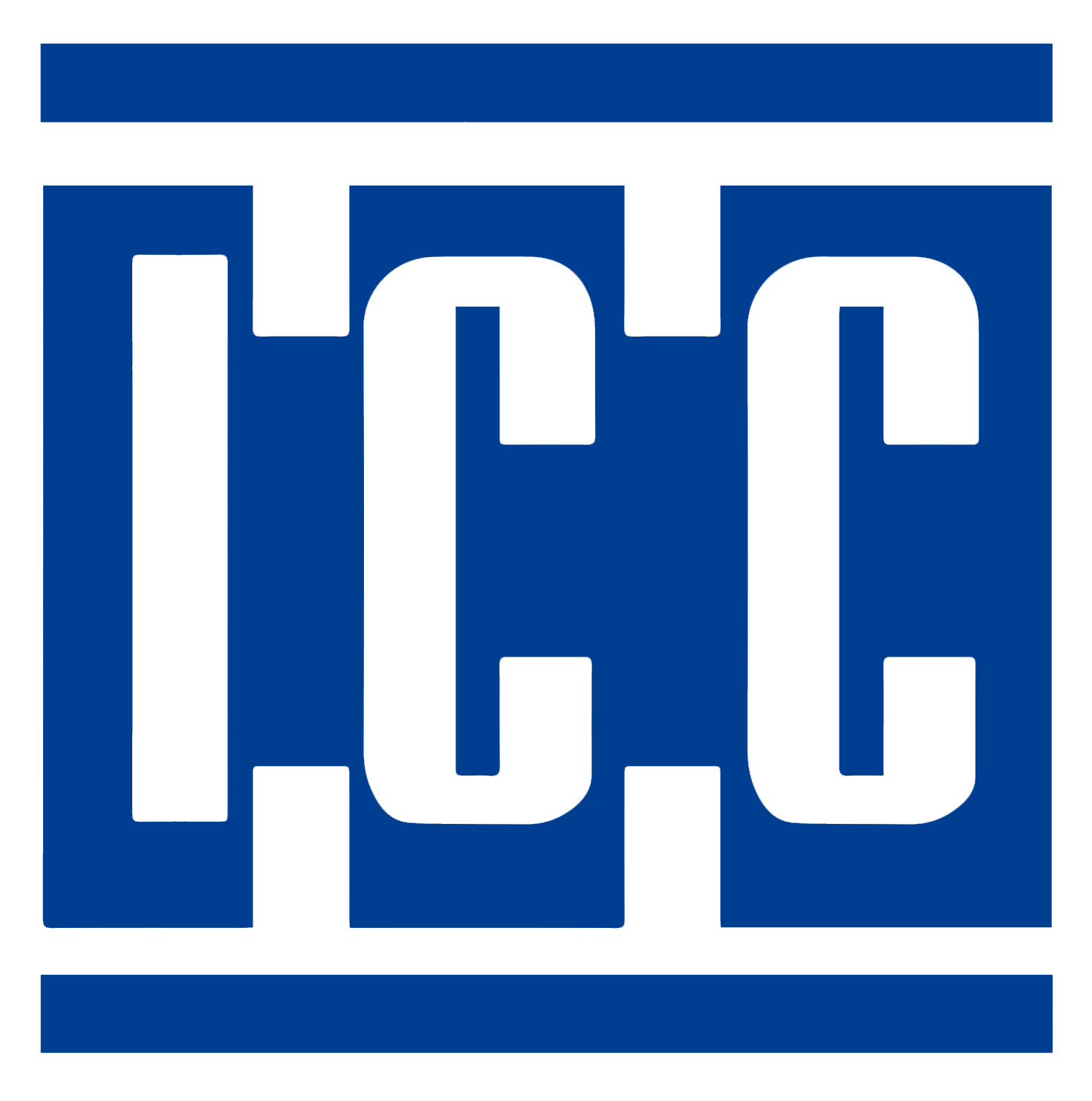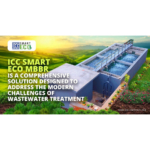In the evolving landscape of modern construction, ICC Precast components have emerged as a pivotal innovation, transforming the way building projects are approached. ICC Precast construction involves manufacturing building elements off-site in a controlled environment, then transporting them to the construction site for assembly. This method offers a range of benefits, including enhanced efficiency, superior quality, and sustainability.
What is ICC Precast Construction?
ICC Precast construction refers to the process of creating building components—such as walls, floors, beams, and columns—in a factory setting using molds. These components are cast in a controlled environment, then cured to achieve optimal strength before being transported to the construction site. The off-site production of ICC Precast elements allows for precise control over quality and consistency, contributing to the overall integrity of the finished structure.
Advantages of ICC Precast Construction
One of the primary benefits of ICC Precast construction is its efficiency. By manufacturing components off-site, construction projects can proceed more quickly than traditional on-site casting methods. This pre-manufacturing approach minimizes delays due to weather and other site-related factors, leading to faster project completion times.
ICC Precast components also ensure superior quality control. In a factory setting, conditions such as temperature and humidity can be precisely regulated, resulting in high-quality concrete products with consistent properties. This controlled environment reduces the risk of defects and ensures each component meets rigorous standards before arriving at the construction site.
Cost-Effectiveness and Sustainability
Cost-effectiveness is another major advantage of ICC Precast construction. Using ICC Precast elements can reduce labor costs and construction time, leading to significant overall savings. Additionally, the efficient pre-manufacturing process supports better project planning and management, further contributing to cost reductions.
Sustainability is a central focus in modern construction, and ICC Precast construction aligns well with these goals. The controlled manufacturing environment minimizes waste and optimizes material use, supporting environmentally conscious practices. Additionally, ICC Precast components can be designed with energy efficiency in mind, adding to the overall sustainability of the building.
Applications and Versatility
ICC Precast components are highly versatile and suitable for a wide range of building applications. They are commonly used in the construction of commercial buildings, residential structures, bridges, and infrastructure projects. The flexibility of ICC Precast construction also allows for complex architectural designs and large-scale structures to be completed with ease.
One notable application of ICC Precast construction is in the development of high-rise buildings. Using precast concrete panels for facades and structural elements can significantly accelerate the construction process, enabling taller buildings to be completed more quickly and efficiently.
Conclusion
ICC Precast construction represents a significant advancement in the building industry, offering numerous advantages over traditional methods. With a focus on efficiency, quality control, cost-effectiveness, and sustainability, ICC Precast construction is ideally suited to meet the demands of modern building projects. As the construction industry continues to evolve, the adoption of ICC Precast components will likely play an increasingly important role in shaping the future of construction.








